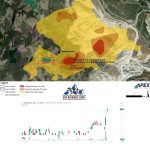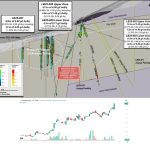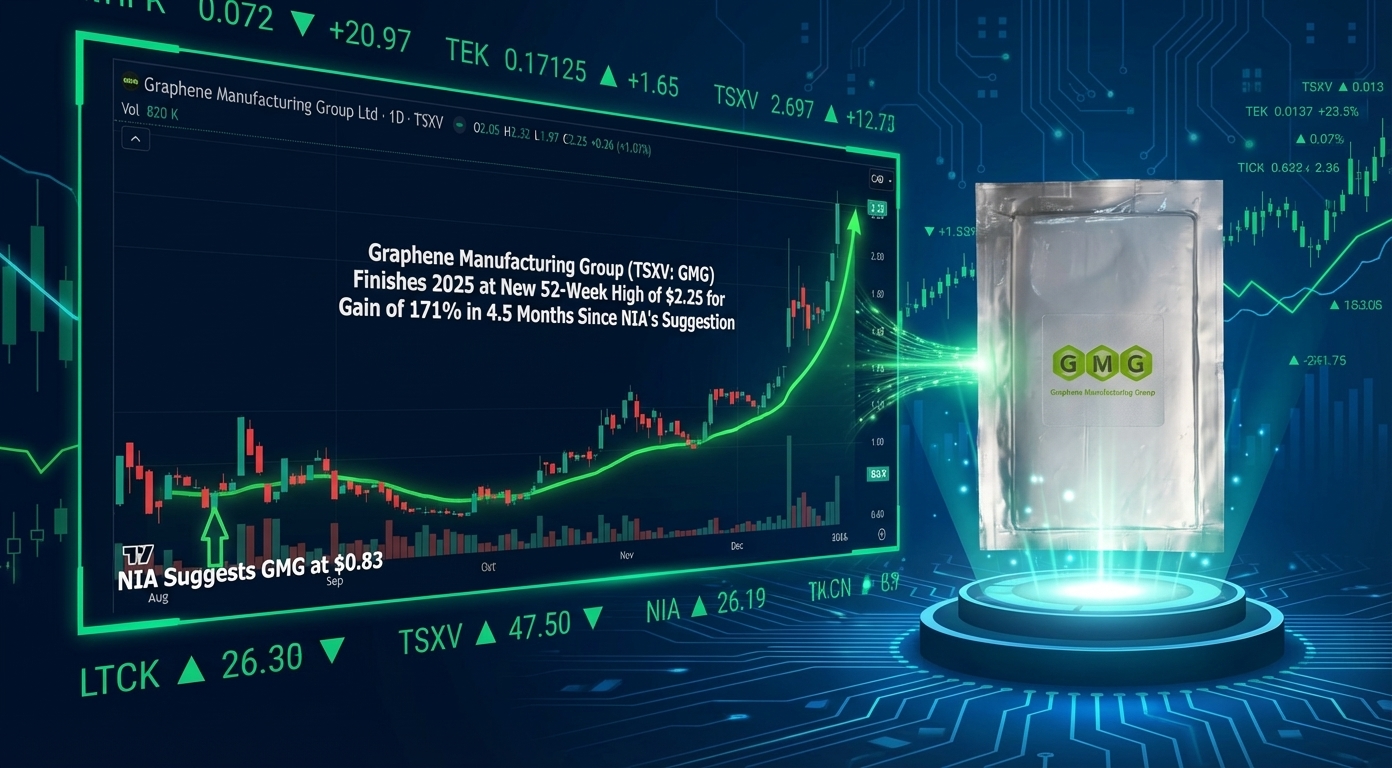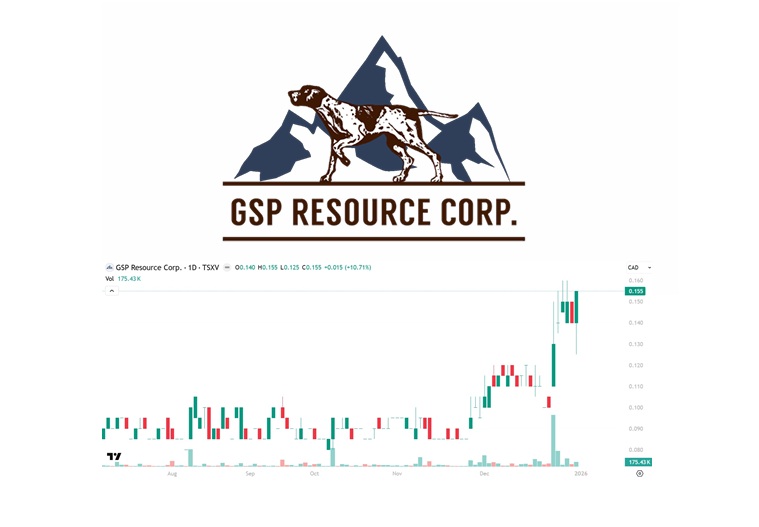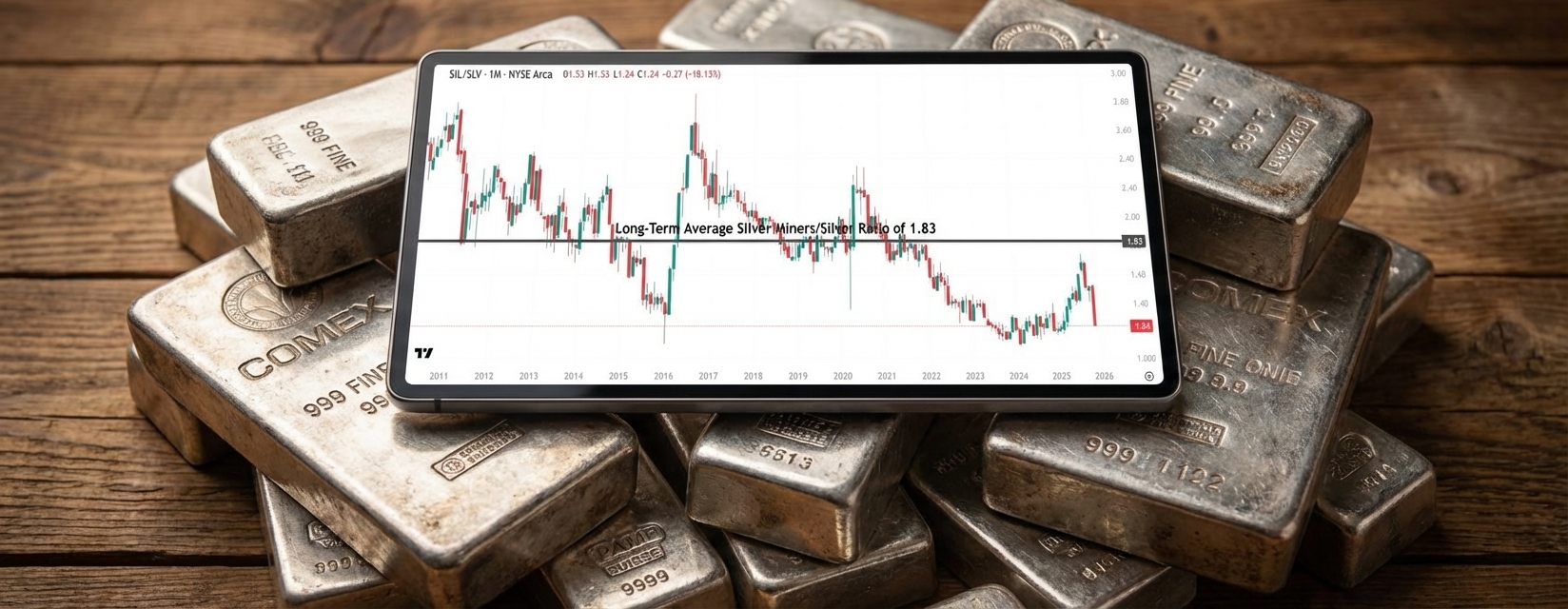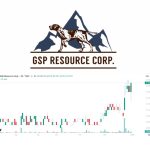
Greenland Is Next
NIA's President co-hosted an event last month with Latino Wall Street at Trump National Charlotte…
Noble Gains 11.76% to New 52-Week High of $0.095!
NIA's second to latest brand-new stock suggestion Noble Mineral Exploration (TSXV: NOB) gained by 11.76%…
Sending Kids to Quality Learing Center vs. Investing into Graphene Company with Model Mayhem CEO
Look, you have the right to invest your hard-earned money into Hydrograph (CSE: HG) whose…
NIA’s Graphene Play GMG Hits $2.25 Up 171% in 4.5 Months
On August 12th, NIA introduced its subscribers to Graphene Manufacturing Group (TSXV: GMG) at $0.83…
GSP Resource (TSXV: GSPR) Gains 10.71% to New 52-Week Closing High of $0.155!
NIA's latest brand-new stock suggestion GSP Resource (TSXV: GSPR) gained by 10.71% today to a…
NIA New Years Eve Update
We heard from several NIA members who bought Hycroft Mining (HYMC) put options, which isn't…
Noble Gains 6.25% to New 52-Week High of $0.085 as Nickel Soars
NIA's second to latest brand-new stock suggestion Noble Mineral Exploration (TSXV: NOB) gained by 6.25%…
OSS Sells Bressner Technology to Hiper Euro, Strengthening Focus on AI and Rugged Edge Compute
OSS Announces the Sale of Bressner Technology GmbH to Hiper Euro GmbH December 30, 2025…
Silver Miners Near Record Low Valuations vs. Silver
If you look at this following chart of the Silver Miners ETF (SIL)/Silver ETF (SLV)…
QIMC Completes Baseline Environmental Assessment at Eatonville, Advancing Nova Scotia Natural Hydrogen District
QIMC Advances Its Nova Scotia Natural Hydrogen District with Completion of a Baseline Environmental Assessment…

